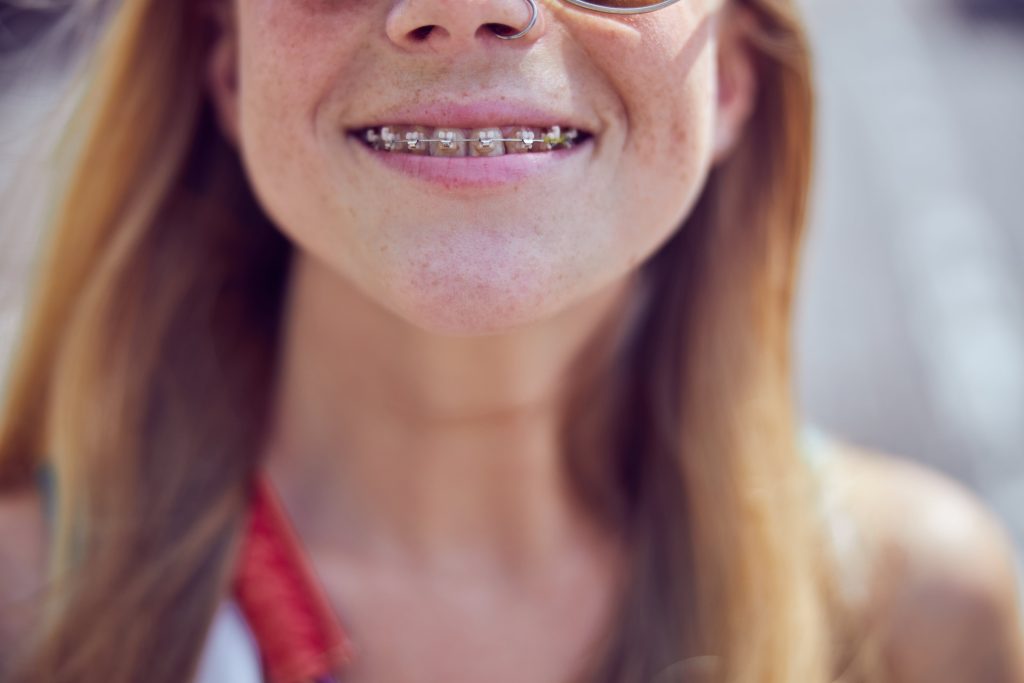Home » What Orthodontic Appliances Are Used for Treatment?
Orthodontic appliances are tools used to help align teeth and jaws to improve a patient’s smile, bite, and overall oral health. Orthodontic treatment can correct a variety of dental issues, including crooked teeth, overcrowding, and an improper bite. These issues can cause pain, discomfort, and even damage to the teeth, so orthodontic appliances are a must for treating these issues.
Orthodontic appliances are devices that orthodontists use to help move teeth into the proper position. These appliances can be removable or fixed and are used in combination with braces, wires, and other dental tools to move the teeth into the desired position. The type of orthodontic appliance used depends on the individual patient’s needs, as well as the type of orthodontic treatment they are receiving.
There are many different types of orthodontic appliances available, and each one has a specific purpose. Some of the most common orthodontic appliances include:

Each orthodontic appliance has its own pros and cons. For example, braces are the most common and effective orthodontic appliance, but they can be uncomfortable and difficult to clean. Retainers are more comfortable and easier to clean, but they can only be worn at night and can be difficult to keep in place. Space maintainers are easy to use and can be used for a long period of time, but they can be uncomfortable and require regular adjustments. Palatal expanders are the most effective for correcting an improper bite, but they can be difficult to wear and can cause pain and discomfort. Headgear is effective but can be uncomfortable and difficult to use.
When using orthodontic appliances, it is important to take proper care of them in order to ensure they are working correctly. For braces, it is important to brush and floss regularly and use a fluoride rinse. It is also important to avoid sticky and hard foods, as they can damage the braces. For retainers, it is important to brush them regularly and soak them in a denture cleaning solution.
For space maintainers, it is important to avoid sticky and hard foods and to brush and floss regularly. For palatal expanders, it is important to follow the instructions for wearing and cleaning them. For headgear, it is important to clean the appliance regularly and to follow the instructions for wearing and adjusting it.
The cost of orthodontic treatment can vary greatly depending on the type of appliance being used, the complexity of the case, and the length of treatment. Braces typically range from £1500 to £5000, depending on the type of braces being used. Retainers typically range from £100 – £400. Palatal expanders typically range from £1000 to £2,000, while headgear typically range from £500 to £1,500. The cost of orthodontic treatment can also vary depending on the insurance plan and any discounts that may be available.
Orthodontic appliances are an important part of orthodontic treatment and are used to help move teeth into the desired position. Different types of orthodontic appliances can be used, depending on the individual needs of the patient, and each one has its own pros and cons. It is important to take proper care of orthodontic appliances in order to ensure they are working correctly, and the cost of orthodontic treatment can vary greatly depending on the type of appliance being used. With proper care and use, orthodontic appliances can help improve a patient’s smile, bite, and overall oral health.
2022 © Orthodontics Manchester